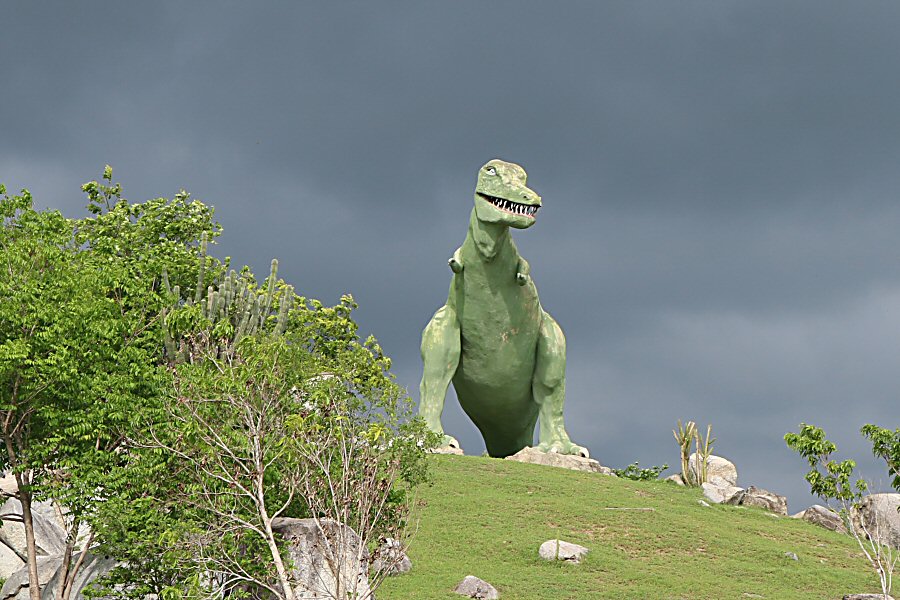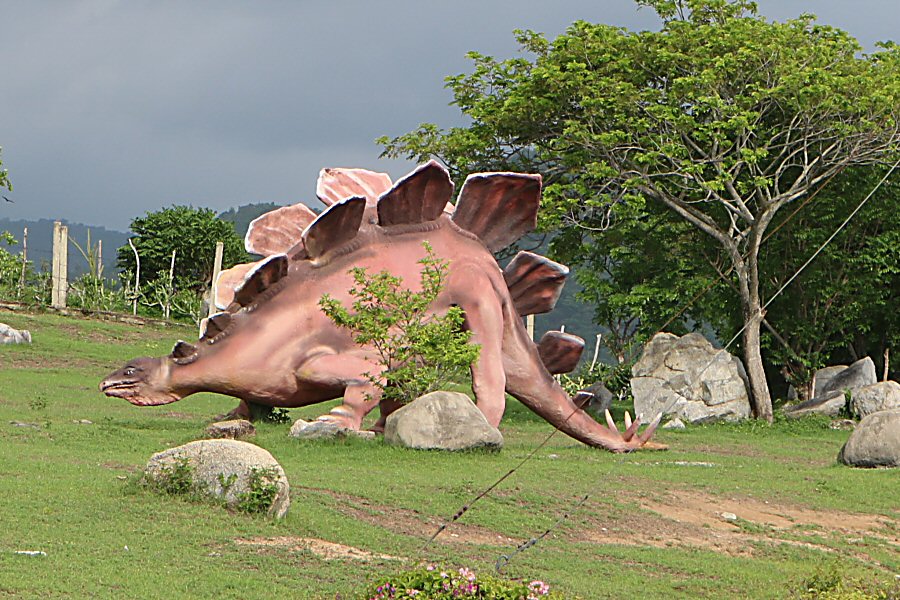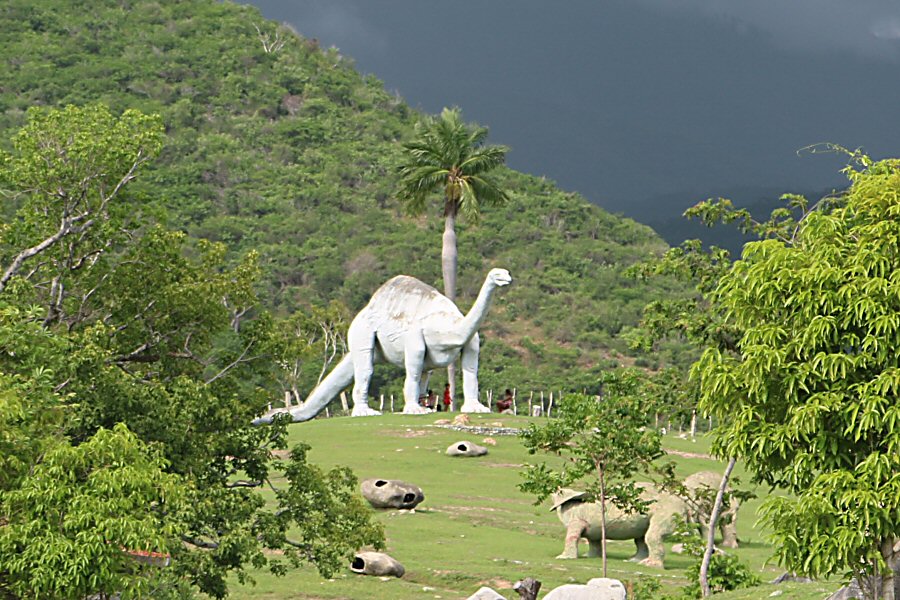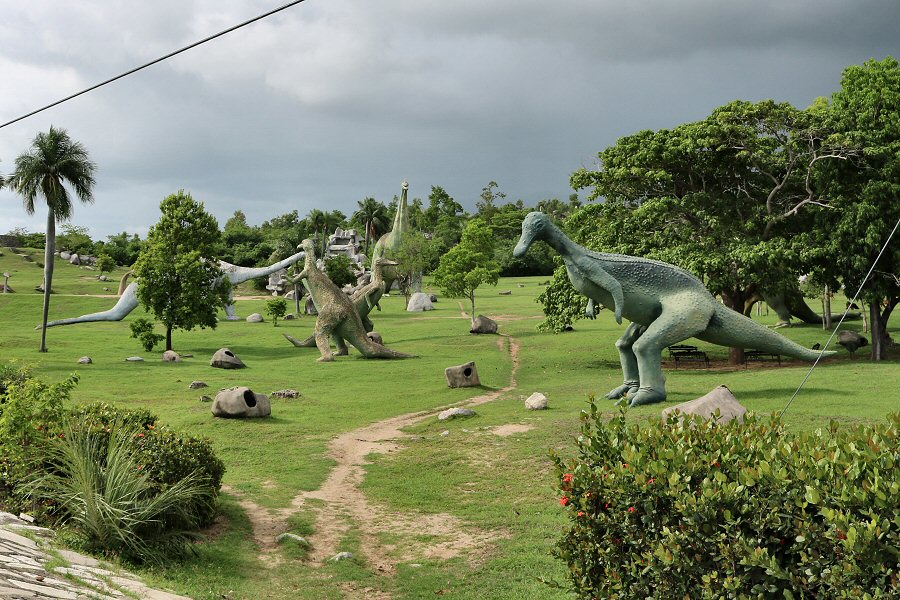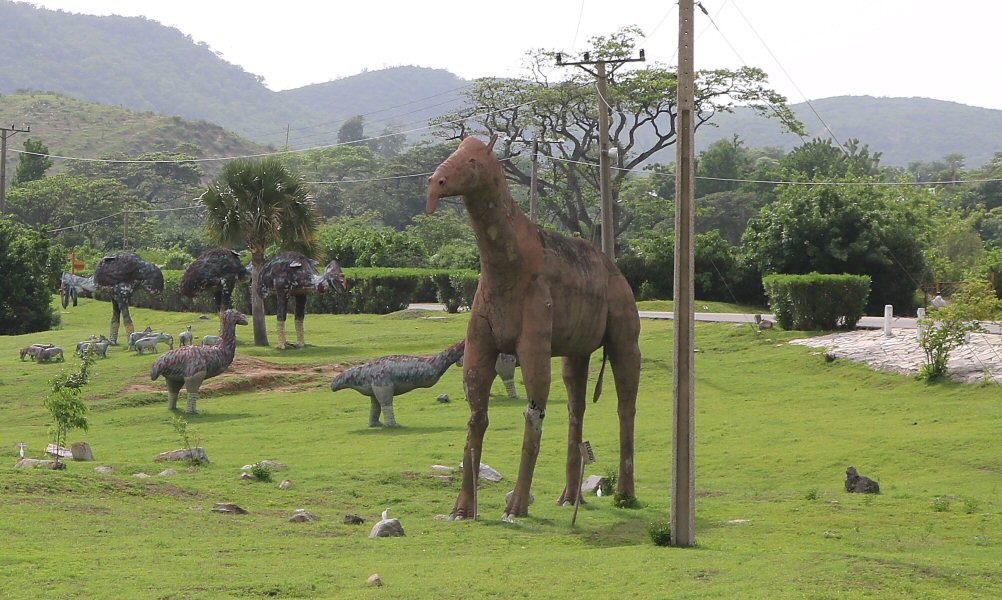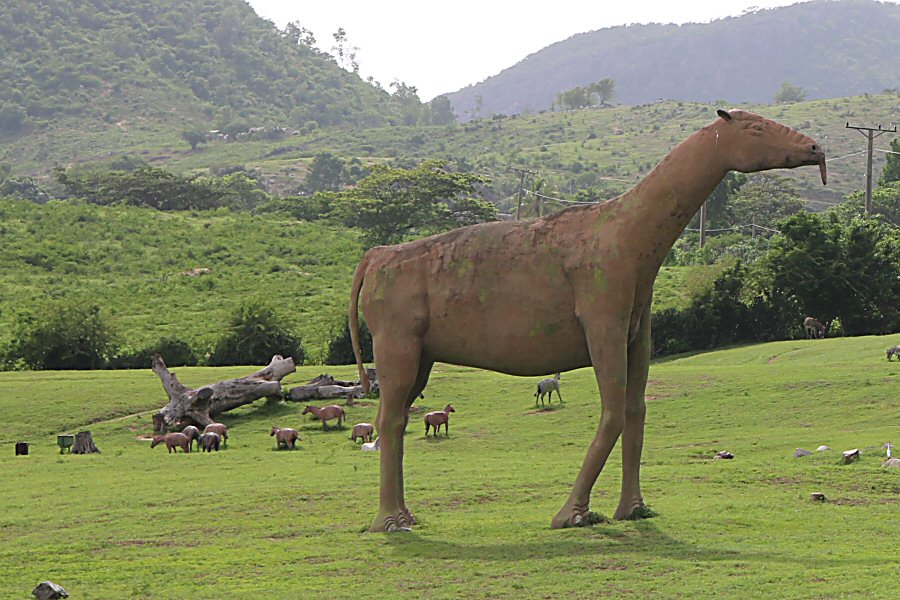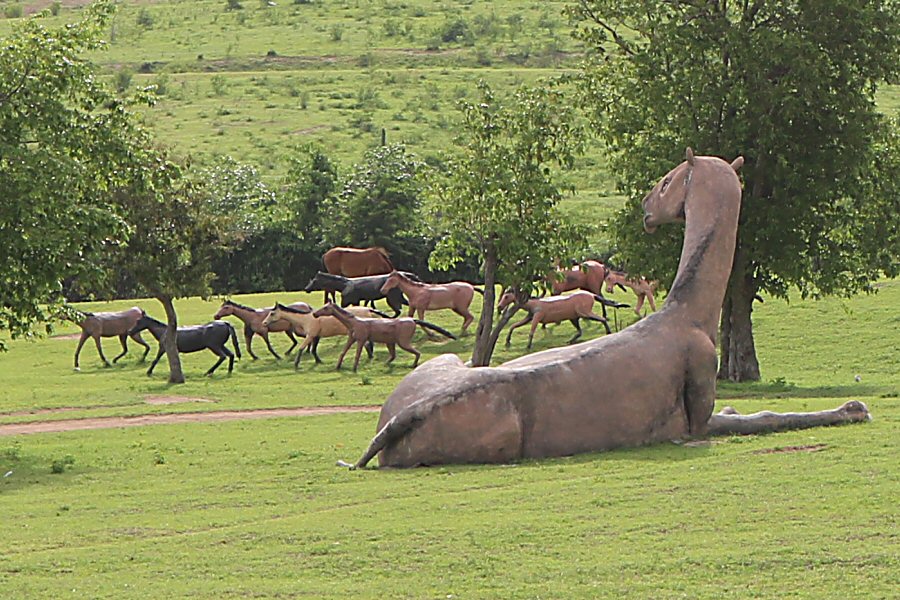Seven kilometers past the Siboney turn-off along the coastal road (Caretería de Baconao) you will arrive in Valle de la Prehistoria.
daily 08:00 - 18:00
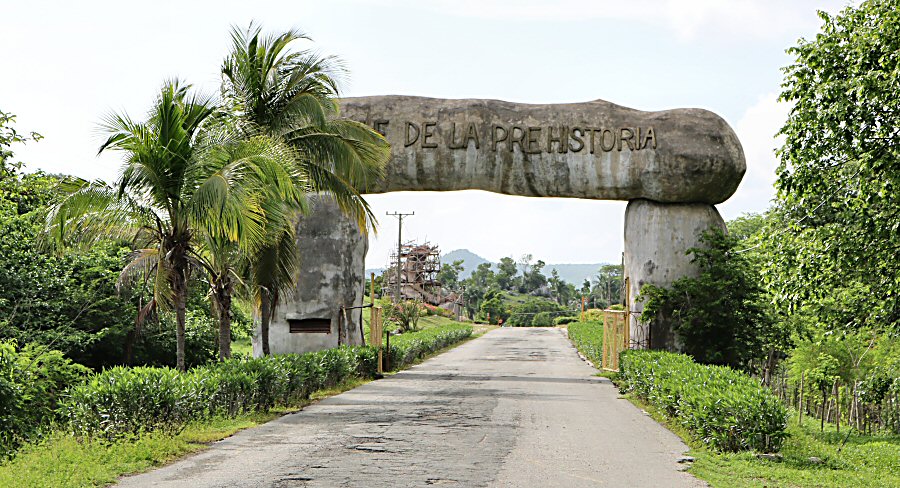

Seven kilometers past the Siboney turn-off along the
coastal road, you will come across one of the area’s most
interesting places, the Valle de la Prehistoria (Valley of
Prehistory), populated by more than 200 of life-sized stone
models of dinosaurs, mammoths and other species that had lived
on the earth millions of years ago. The 12 meters high sculpture
of the Cro-Magnon (a common name that has been used to describe
the oldest known modern human, early Homo sapiens, that lived in
Europe 43.000 to 45.000 years ago) is the highest sculpture in
the valley. There are even scenes showing the humans hunting the
animals. All the sculptures were built following the ferrocement
technique and separated by their geological epochs.
It was inaugurated in 1980s. The Juragua-Damajayabo
valley was chosen the site for constructing such a project due
to its natural beauty. It has a pleasant natural environment,
surrounded by exuberant vegetation that gives the visitor the
sensation of calm, freshness, and tranquility, allowing him to
maintain a direct link with the nature.
It is considered unique and possibly the largest
construction of its kind. It’s worth a look particularly for
those with kids. When you go straight in the direction of
Santiago, you unknowingly enter Valle de la Prehistoria, and
this can be a matter of discussion with the officer here. For
this reason, it is recommended that you do not miss the road (Caretería
de Baconao) that bends to the left while passing through here on
your way back to Santiago.
MUSEO DE HISTORIA NATURAL DR. JORGE RAMÓN CUEVAS
Natural History Museum Dr. Jorge Ramón
Cuevas is in the Valle de la Prehistoria.
Endemic species in danger of
extinction, from Cuba and other countries, are exhibited in the
museum. The extensive collection that was hoarded up, consist of
a total of 21,424 pieces that are still in perfect condition. In
8 exhibition rooms about 1,400 pieces are exhibited permanently
in a didactic museography technique with the evolutionary
sequence of the species. The whole collection covers the
representative species of different disciplines of the natural
sciences, such as malacology (mollusks), entomology (insects),
ornithology (birds), mammals, aquatic species, both freshwater
and sea, botany, and mineralogy.
It was
inaugurated under the name of the Cuban
naturalist, eminent scientist Dr. Jorge Ramón Cuevas, that
dedicate his work to research, care and preservation of the
species and the flora of the national and the international
wildlife in 1983.
